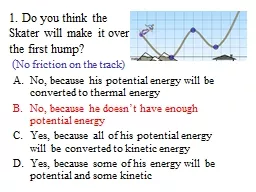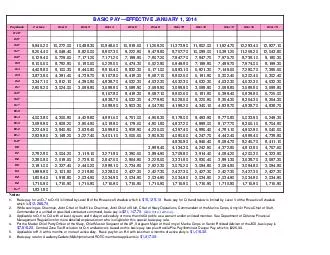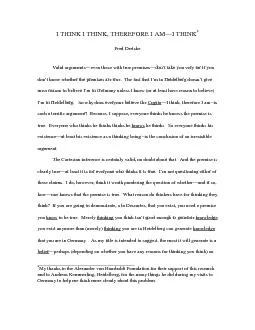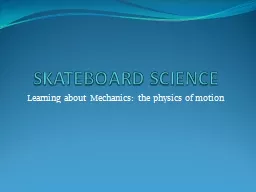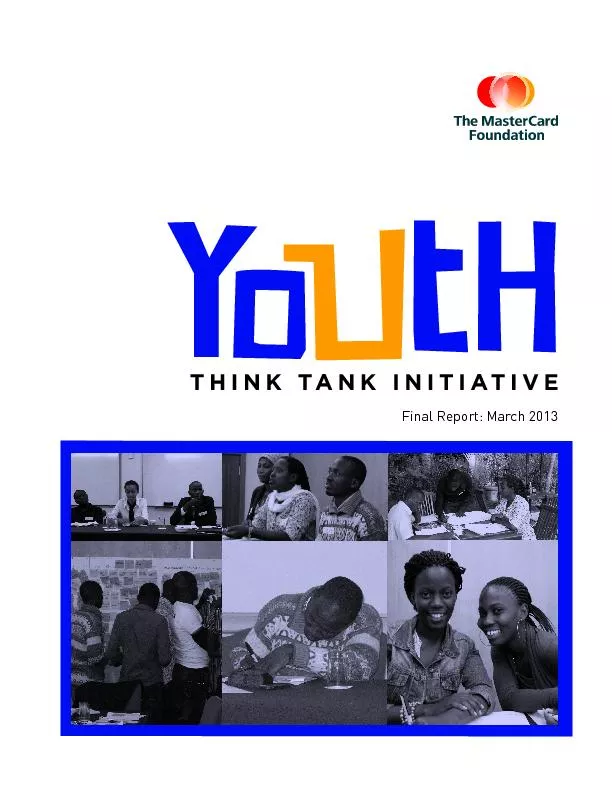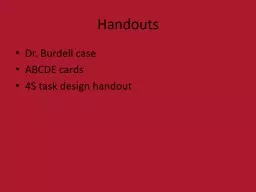PPT-1. Do you think the Skater will make it over the first hump
Author : alida-meadow | Published Date : 2017-05-04
No friction on the track No because his potential energy will be converted to thermal energy No because he doesnt have enough potential energy Yes because all
Presentation Embed Code
Download Presentation
Download Presentation The PPT/PDF document "1. Do you think the Skater will make it ..." is the property of its rightful owner. Permission is granted to download and print the materials on this website for personal, non-commercial use only, and to display it on your personal computer provided you do not modify the materials and that you retain all copyright notices contained in the materials. By downloading content from our website, you accept the terms of this agreement.
1. Do you think the Skater will make it over the first hump: Transcript
Download Rules Of Document
"1. Do you think the Skater will make it over the first hump"The content belongs to its owner. You may download and print it for personal use, without modification, and keep all copyright notices. By downloading, you agree to these terms.
Related Documents

